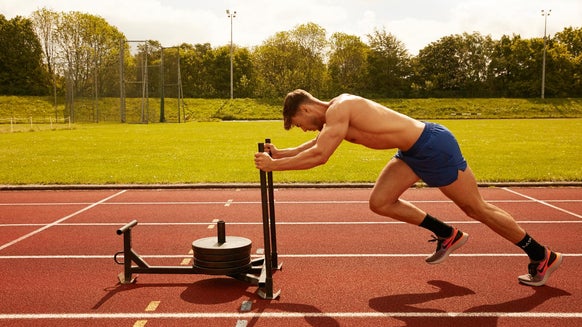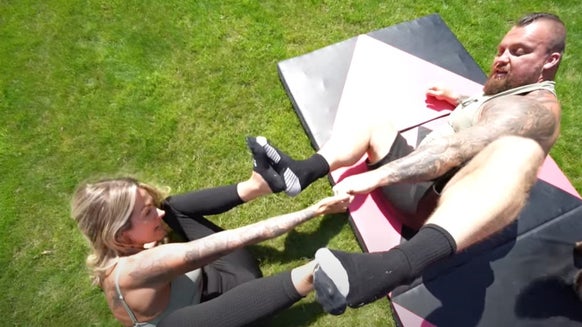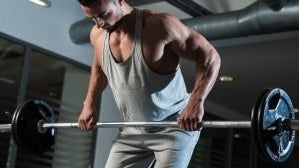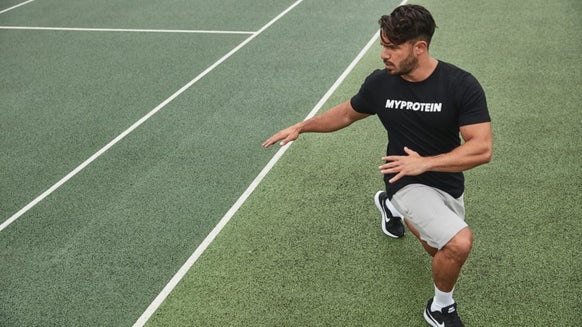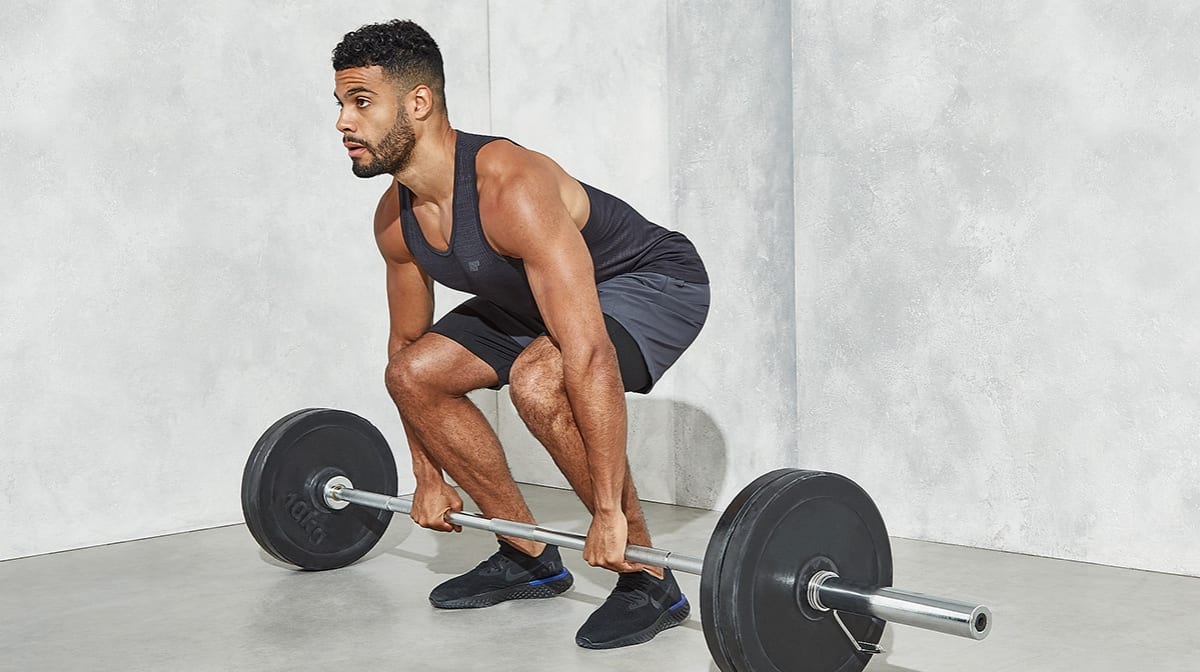
By Myprotein Writer
Jamie Wykes Hobday
When looking at overall leg development; whilst the hamstrings, glutes and calves are at the forefront, it cannot be denied that the quadriceps really do steal the show!
Unsurprisingly, the quadriceps is comprised of four different sections (hence the ‘quad' reference);
1) The rectus femurs (The middle of the thigh and most predominant section)
2) The vastus lateralis (The outer side of the thigh muscle)
3) The vastus intermedius (The front top of the thigh)
4) The vastus medalis (The inner side of the thigh).
When combined together, the quadriceps muscle plays an extremely crucial role in knee joint flexion as well as hip flexion. Furthermore, the quadriceps contribute majorly to assist in everyday activities such as running, walking, skipping and of course, those brutal leg sessions.
Training Quads
Training your quadriceps does provide us with a host of benefits such as
? Improved athletic performance
? Significant amount of calories burnt
? Anabolic hormone stimulation
Throughout these quadriceps sessions, it is important to combine muscle building compound exercises along with a variety of isolation exercises. An isolation exercise is a resistance training exercise that will involve only one joint and very few muscle groups.
Whilst compound exercises such as squats, lunges and leg presses are perhaps seen as the ‘go to’ quad exercises, the following article will depict the isolation exercise; The Quad Extension, along with its technique and some common mistakes that you can expect to see in the gym when performing it.
The Leg 'Quad' Extension
The quad extension is an exercise that will uniquely isolate the quad muscle and can be used towards the end of a workout as a ‘finisher’ or right at the very start as a ‘pre-exhaust’ method of training. The reason why this exercise is so unique is because there genuinely are very few exercises that can isolate the quad extensions.
Typically, all quadriceps isolation movements are the quad extension or a variation of it, such as; single leg quad extension, cable quad extensions, partner assisted quad extensions. The benefits of the quad extension are endless, however, the highest regarded advantages include; its simplicity means that anyone of any ability can perform them, it is one of if not the only true isolators of the quadriceps and it can sometimes play a key role in injury prevention at the knee joint as it will strengthen essential knee joint attachments.
Some say that it can be used to replicate sports specific movements such as kicking in rugby, football and american football, however, various researchists and studies have disagreed with this view. Now that we have overseen the exercise and its advantages, lets take a look at how to perform the exercise;
Leg Extension Exercise
Technique
1) Sit on the machine, with both legs positioned under the pad. To maintain stability and positioning throughout the movement, ensure that you are holding onto the bars on the side and that your feet are pointing forwards.
2) As you exhale your breath, extend your legs using only your quadriceps until they are fully extended. Throughout this part of the movement, the only muscle that should be under stress and tension is the quadriceps; keep the rest of the body as still as possible.
3) Once the quadriceps have been fully extended, hold for one second and squeeze the working muscle.
4) As you inhale your breath, lower the weight back to the starting position in a controlled movement.
5) Once the legs are back in the starting position once again, repeat for the amount of repetitions required.
Leg Extension Exercise |
Common Mistakes
?Feet Positioning
The leg extension is an exercise solely for the quads, however, as mentioned earlier; there are four parts to the quads. The quad extension can target each individual part of the quad when the feet are positioned differently. As well as targeting each part of the quadricep separately, this can also be a great way to switch up your training and prevent it from becoming boring with the same variation of the quad extension every week. Positioning your feet inwards during the extension will target the vastus lateralis (outer thigh), whilst turning the toes out will target the vastus medialis (inner thigh) also.
? Accepting Failure
Usually when the strain sets in, that is the sign of the end of leg day. Instead of allowing this to happen, when the pain starts, that is when the session starts. If you feel like the pain is too much and you cannot do anymore repetitions on the leg extensions, add some rest pause repetitions. This is where you work to the point of failure and physically cannot do anymore, pause and rest, then burst out a few more reps.
? Not Keeping Adequate Intensity
All realms of training bare different rest periods. If looking to build maximal strength, rest between sets should be kept to 3-5 Minutes. For those looking to build power, look at a similar time frame also. However, if you are looking to build muscle/tone up then training should be kept to a minimal 30-90 Seconds. Leg sessions are commonly not intense enough; not due to lack of volume and effort but due to resting too much between sets.
Sticking to this rest time will optimise hypertrophy (muscle growth in size and strength), stimulate growth hormone and also create a time efficient workout! To prevent this from happening, try some of the following solutions; train with a partner who will time the rest periods, have a stop watch and stay focused.

